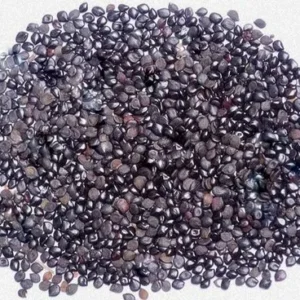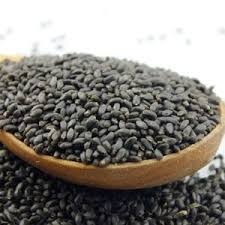Description
Common Names:
- Safflower Seeds
- Safflower
Forms:
- Whole Seeds: Used in cooking and as a source of oil.
- Safflower Oil: Extracted from the seeds, used in cooking and various industrial applications.
- Ground Seeds: Sometimes used in baking or as a nutritional supplement.
Origin:
- Native Region: Originally from the Middle East and parts of Africa.
- Cultivation: Grown in temperate and warm climates around the world, including the United States, India, and Mexico.
Nutritional Benefits:
- Healthy Fats: Safflower seeds are high in unsaturated fats, including monounsaturated and polyunsaturated fats, which are beneficial for heart health.
- Vitamins and Minerals: Rich in vitamin E and essential fatty acids. They also contain trace amounts of vitamins and minerals like magnesium and phosphorus.
Health Benefits:
- Heart Health: The high content of unsaturated fats can help improve cholesterol levels and support cardiovascular health.
- Anti-inflammatory Properties: Safflower seeds and oil may have anti-inflammatory effects that can benefit conditions related to inflammation.
- Skin Health: Safflower oil is often used in skincare products due to its moisturizing and anti-inflammatory properties.
Uses:
- Culinary Uses: Safflower seeds are used in cooking, often as a substitute for more expensive seeds like saffron. The oil extracted from the seeds is used for frying and salad dressings.
- Industrial Uses: Safflower oil is used in manufacturing and as a base for various products, including paints and lubricants.
- Health Supplements: The seeds and oil are sometimes used as dietary supplements for their potential health benefits.







